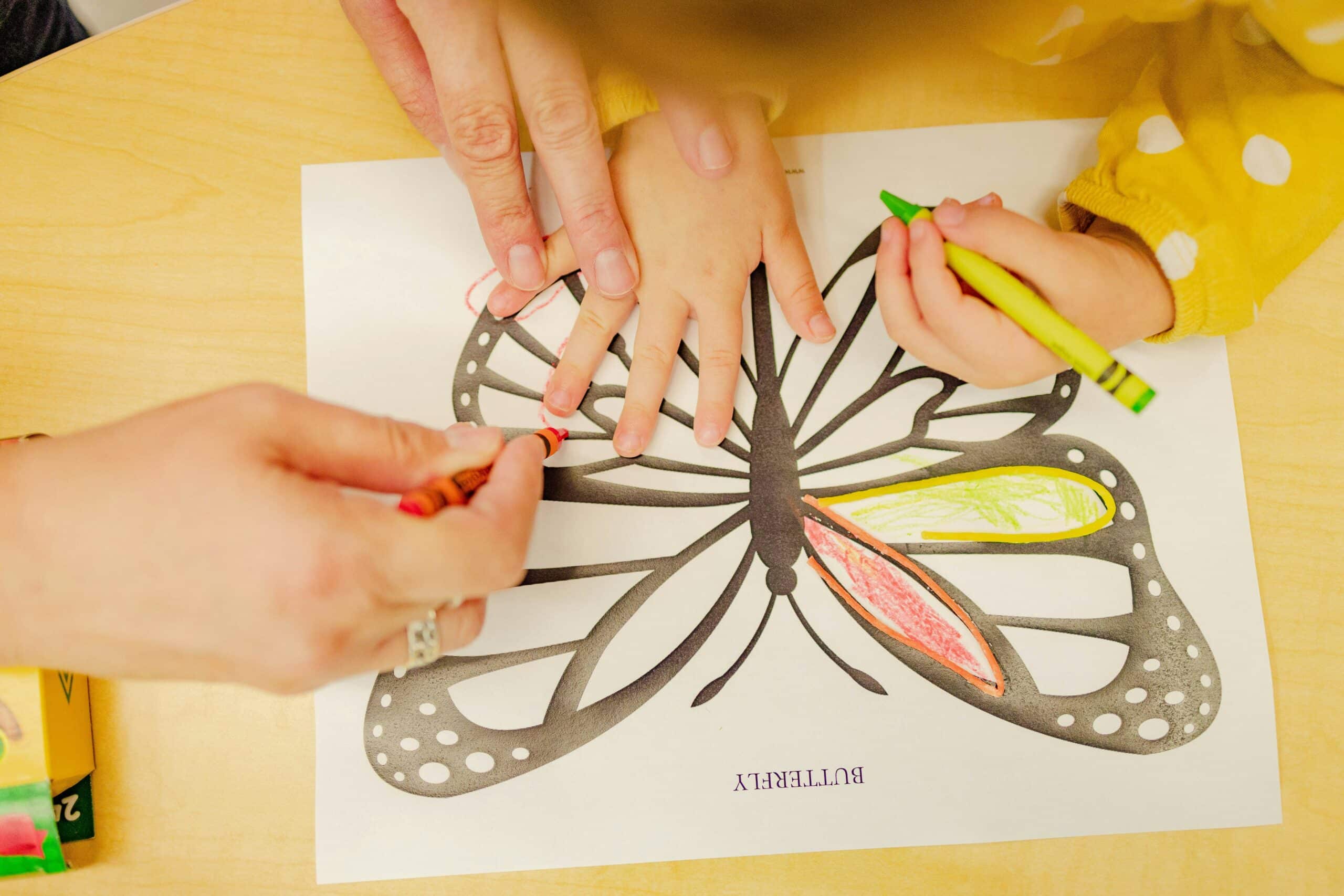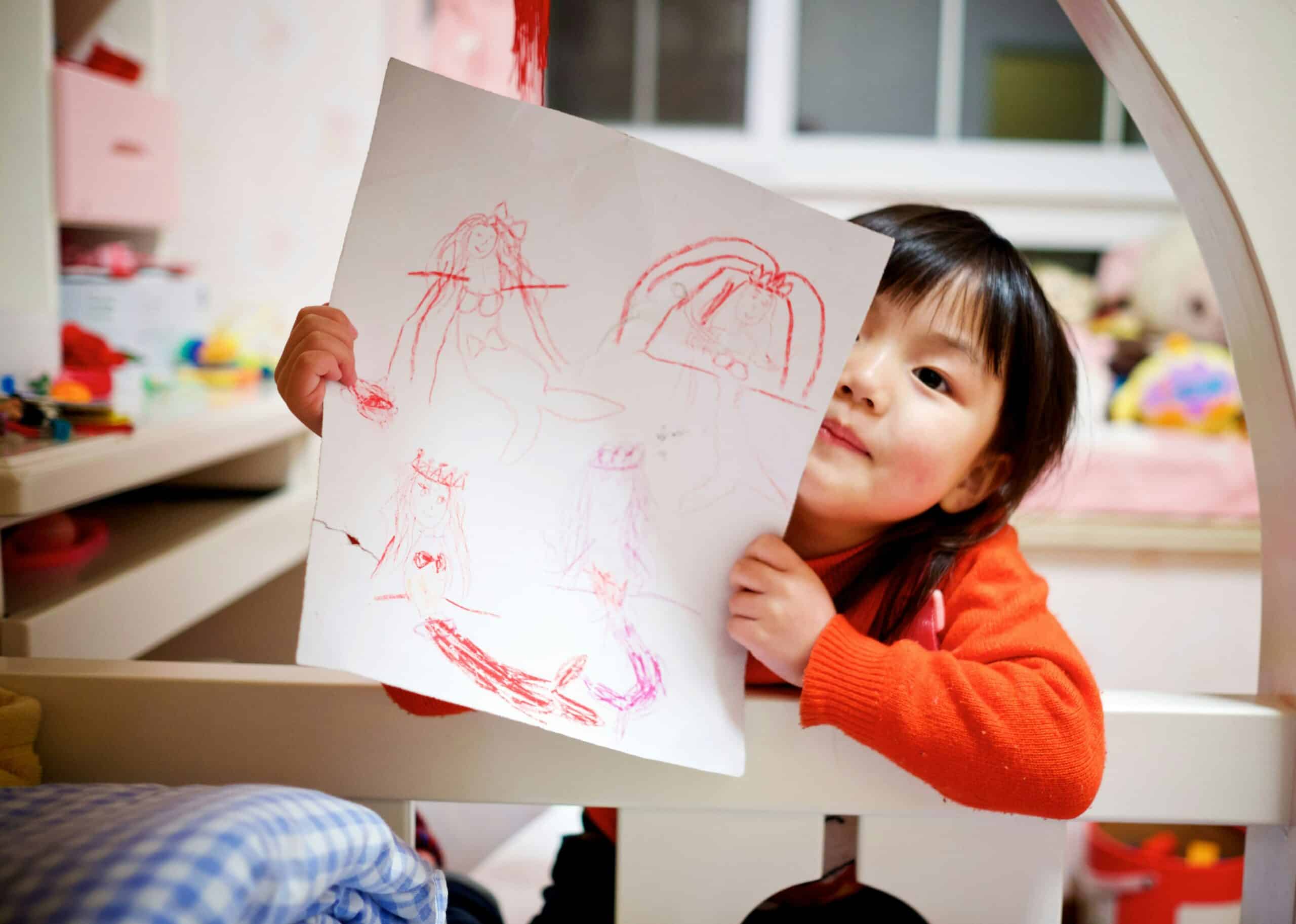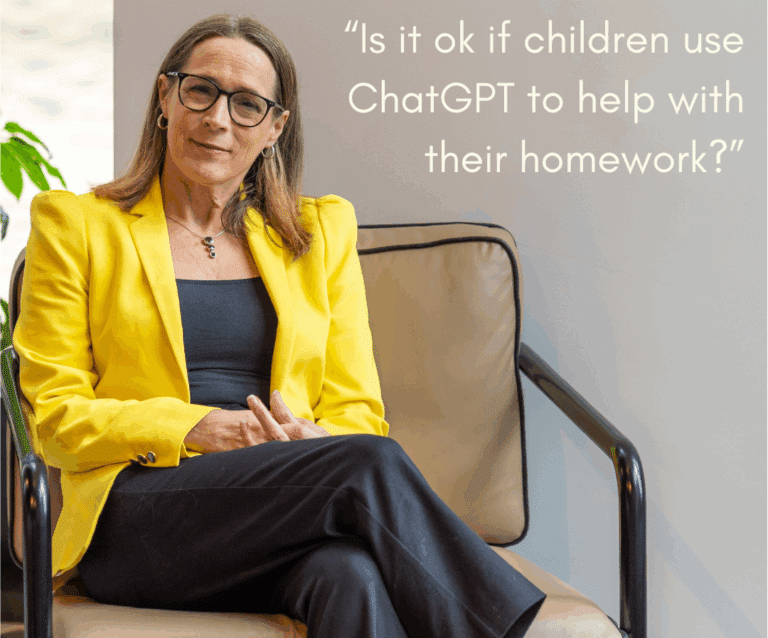Working in partnership with your childcare provider
This is a guest post from Hopscotch Nurseries.
Whether you use a nursery, a nanny or a childminder (or a combination of all three), the relationship between parents and their childcare provider is pivotal. When parents and caregivers align on essential elements such as routines, discipline approaches and nutrition, they foster an environment of consistency and security for children. This requires ongoing communication, a shared understanding of each child’s needs, and mutual respect for each other’s roles in the child’s life.
By collaborating on routines, rules, health needs, and discipline strategies, parents and caregivers can build a strong partnership that benefits children’s development and family harmony.
Align on routines
Routine is a critical element in a young child’s daily life. It helps children feel secure, gives them a sense of predictability, and fosters good habits. For working parents, aligning the home routine with the one at daycare or nursery is vital in maintaining this sense of security for your child.
Having an open dialogue with your childcare provider about your child’s daily schedule – including nap times, mealtimes, and play periods – is essential.
When children switch between home and childcare environments, inconsistencies in routines can sometimes lead to confusion or frustration. For example, if your child is used to napping at a specific time at home, it’s beneficial for that to continue at daycare.
Similarly, if your child follows a specific pattern for morning wake-up or bedtime, sharing this with your childcare provider can help them structure the day in a way that complements your home routine. Collaboration and communication ensures that transitions between home and daycare are smoother for your child.
However, it’s also important to remember that routines might not always match perfectly. Flexibility is important. Parents should be open to any necessary adjustments that childcare providers might recommend based on their experience with other children, while caregivers should also respect the schedules set at home.
Discuss screen time rules
Screen time is a frequent topic of discussion between parents and childcare providers. In today’s digital age, many parents are concerned about how much time their children spend in front of screens (whether that’s television, tablets, or phones). Some parents have strict no-screen policies at home, while others might allow limited screen time for educational purposes.
Parents need to communicate their preferences around screen time to their childcare provider from the start. If you have specific rules about how much screen time is appropriate for your child, or what content you deem suitable, make these preferences clear. While many childcare providers will limit or eliminate screen time altogether (in favour of interactive, play-based learning), having a conversation about your expectations is still helpful.
Coordinate mealtimes
Nutrition and meal routines are another area where parents and childcare providers must work closely together. A consistent eating schedule is essential for young children as it helps regulate their metabolism and establish healthy eating habits.
If your child has a specific mealtime routine at home, it’s helpful to discuss this with the childcare provider to ensure that it aligns with the daycare schedule as much as possible.
For instance, if your family has dinner at 6pm and you want your child to arrive home ready to eat, you may want to ask the childcare provider to schedule afternoon snacks accordingly so that your child isn’t too full to eat dinner.
Similarly, if your child is used to a certain type of breakfast or lunch at home, sharing these preferences with your childcare provider can help ensure that your child receives consistent nutrition throughout the day.
It’s important to discuss any dietary restrictions or preferences. This could include allergies, food intolerances, or cultural or religious dietary practices. By working together to establish a consistent eating routine and discussing food preferences and restrictions, you can ensure that your child receives balanced nutrition and that mealtimes remain a positive experience for them.
Be clear on your parenting approach
One of the most significant factors in building a solid partnership with your childcare provider is a good fit between the care provided by them and your parenting style. Every family has its approach to guiding a child’s behaviour, setting boundaries, and encouraging growth. Some parents may prefer a more authoritative style, emphasising structure and discipline, while others lean towards a permissive style, which focuses on flexibility and freedom.
Open communication about your parenting style ensures that both you and your childcare provider work toward the same goals. For instance, if you emphasise positive reinforcement at home, encouraging good behaviour through praise and rewards, it will help if your childcare provider follows a similar approach.
Children are more likely to thrive in environments where expectations are clear and responses to behaviour are consistent, whether at home or in childcare.
Childcare providers typically have systems for managing behaviour, often following well-researched guidelines designed to support child development in group settings. These strategies usually focus on teaching emotional regulation, promoting cooperation, and encouraging problem-solving skills. By discussing and aligning on core behaviour management principles, parents and childcare providers can create a unified approach that feels seamless to the child.
This alignment can extend beyond discipline to broader aspects of parenting. For instance, you may prioritise independence and self-sufficiency in your child, encouraging them to take responsibility for tasks like dressing themselves or tidying up toys. Sharing these priorities with your childcare provider can help reinforce these values during the day.
Alternatively, if you focus on emotional development, fostering open communication and helping your child express their feelings, ensuring that their childcare environment also supports emotional literacy is essential. Childcare providers should be able to help children articulate and manage their emotions, providing guidance that mirrors their home approach.
Ultimately, the goal is not for the childcare provider to replicate your parenting style but to ensure that both parties align on core values. Children are sensitive to discrepancies in how behaviour is managed, and consistency across environments helps them feel more secure. This doesn’t mean there won’t be differences—childcare providers often manage larger groups of children and may have strategies suited to that setting—but shared principles can help children confidently navigate both worlds.
Communication is vital
The most important factor in creating a successful relationship between parents and childcare providers is open, consistent communication. Parents should feel comfortable expressing their preferences, concerns, and observations, while childcare providers should provide regular updates about the child’s day, behaviour, and development.
Technology has made it easier for parents and caregivers to stay connected. Many childcare centres offer apps or digital platforms where parents can receive daily updates, photos, and notes about their children’s activities. These tools help keep parents informed and engaged, even when they aren’t physically present.
Regular check-ins through scheduled meetings or casual conversations at drop-off and pick-up also allow both parties to address emerging concerns or challenges. By maintaining an open dialogue, parents and caregivers can work together to adjust routines, tackle any behavioural issues, and celebrate milestones in the child’s development.
By working together as a team, parents and childcare providers can create a nurturing and supportive environment where children feel safe, secure, and ready to explore the world around them.
Hopscotch is a chain of family-run nurseries which has been providing first-class childcare for 35+ years, with a holistic approach which nurtures children’s academic, social and emotional needs.
This is not a sponsored post. We thought it would be helpful for parents to hear advice from a childcare provider on what works best when it comes to positive partnerships with parents.










Leave a Reply